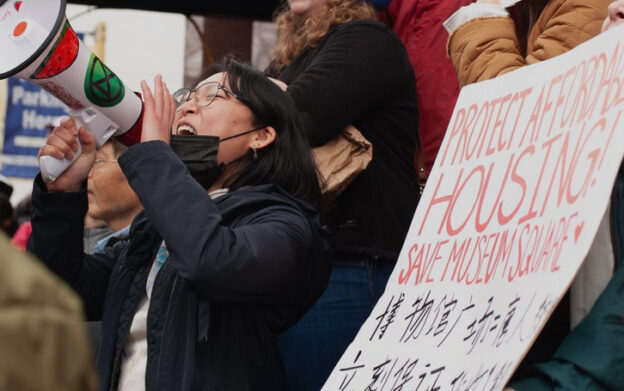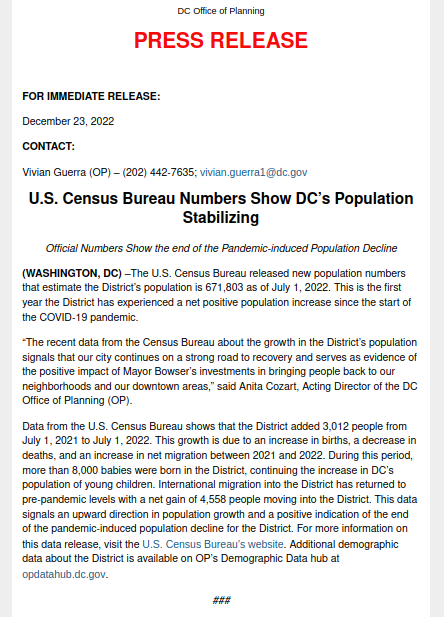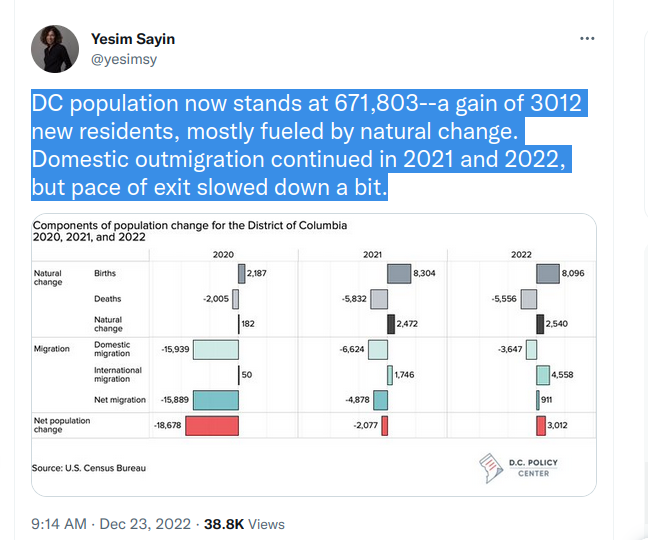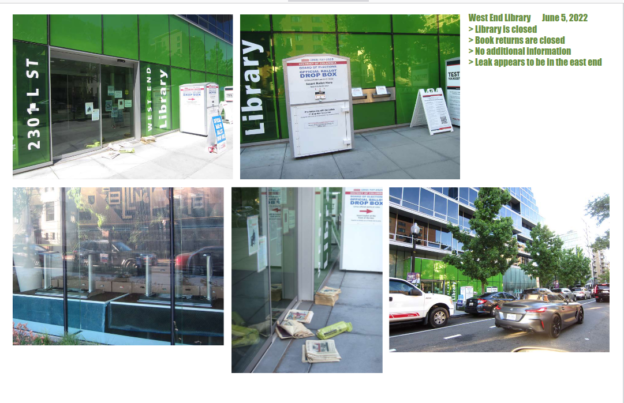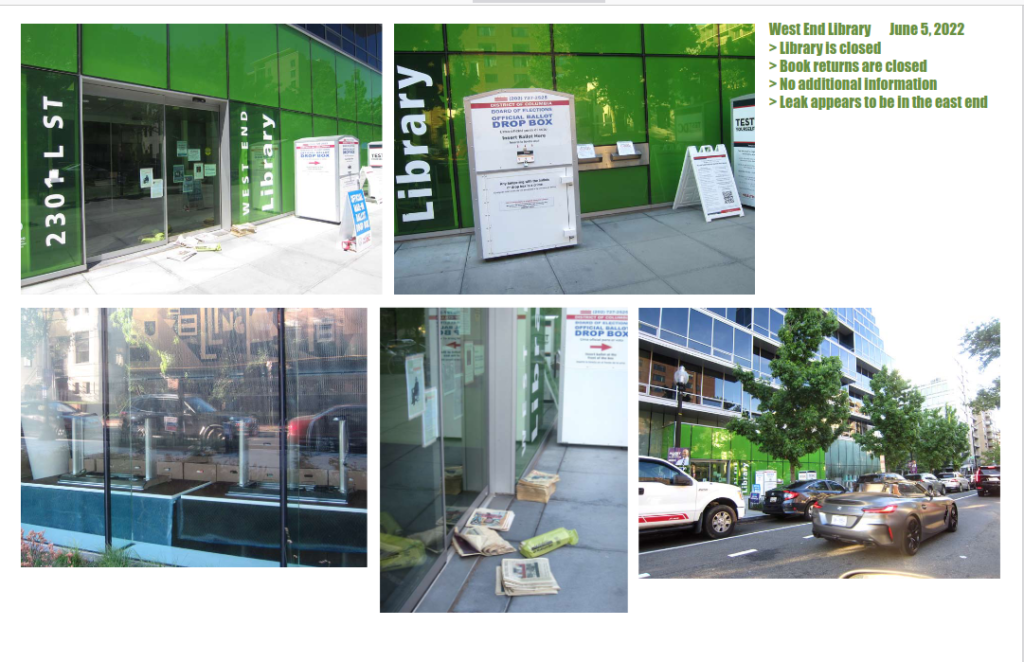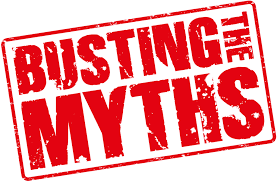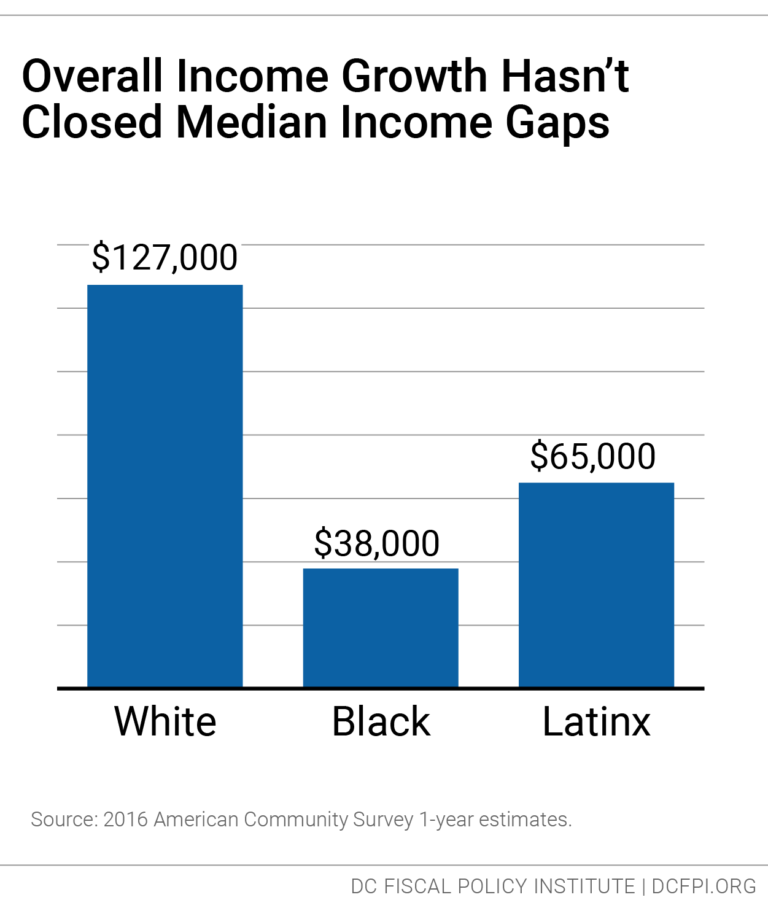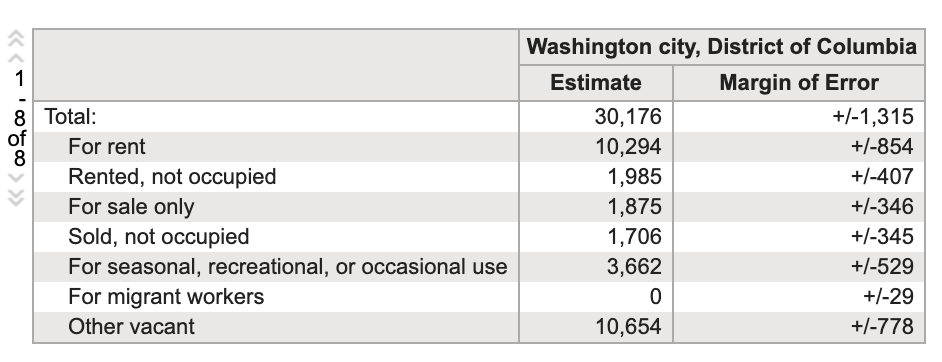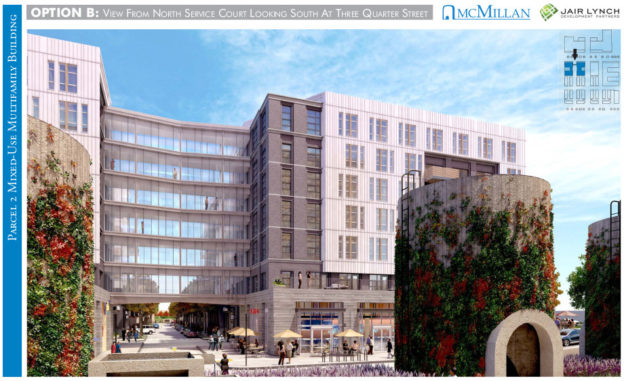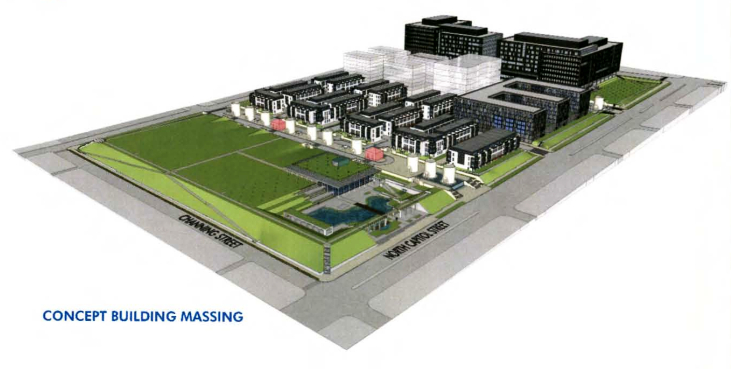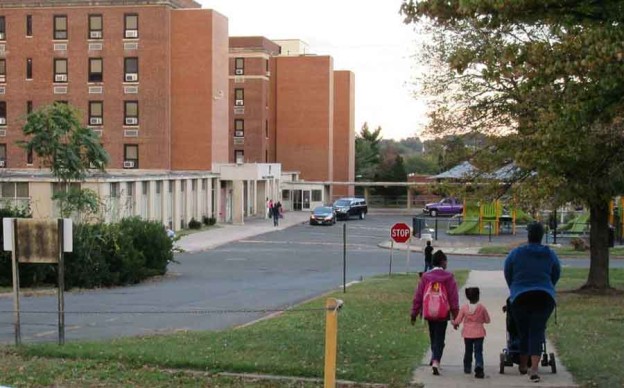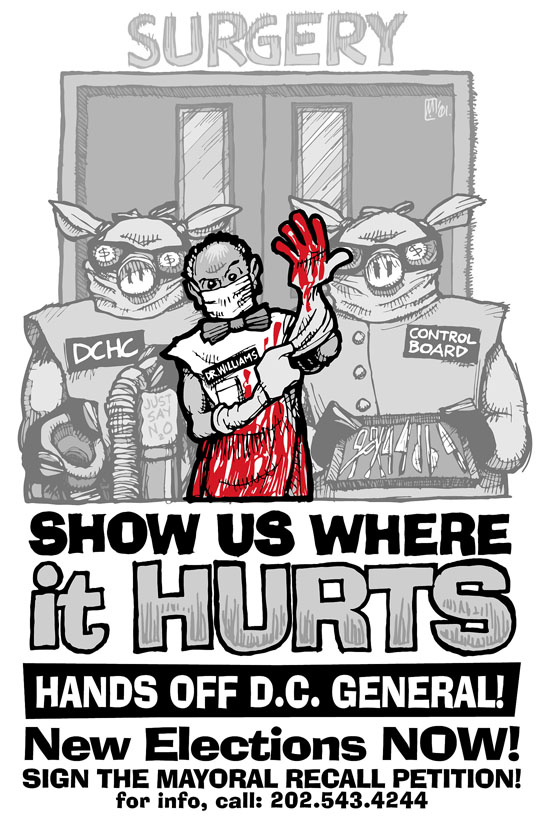Save Chinatown Solidarity Network DC has put up a website and it’s startling.
There’s only about 300 Chinese folks left in DC’s Chinatown which begs the question: What’s Chinatown without Chinese people?
From the Central Washington Area Element of the Comp Plan, Chapter 16
https://planning.dc.gov/node/574842
Today, Chinatown is facing challenges retaining its identity as the area around it booms with new retail, office, entertainment, and housing development. The Chinese population in the area has been declining for decades, and many of the Chinese businesses are having a difficult time keeping pace with rising rents and land costs. OP’s 2009 Chinatown Cultural Development Small Area Action Plan found that in 1970, there were 3,000 Chinese Americans living in and around Chinatown. That number had declined to fewer than 300 by 2009. 10A DCMR 1613.2.
Policy CW-2.3.1: Sustaining Chinatown
Retain and enhance Chinatown as a thriving downtown community, including housing, community, and cultural facilities; ethnically oriented, street-level retail; related wholesale operations; office and professional uses; and hotels. 10A DCMR 1613.4
Policy CW-2.3.2: Preserving Chinatown as a Viable Community
Preserve and conserve Chinatown, not only by installing Chinese-inspired building facades and street signs, but also by supporting the cultural traditions of the local Chinese community, assisting Chinese-owned businesses within Chinatown, sustaining the social services that serve the Chinese population, and attracting new activities that expand the area’s role as a regional center for Chinese culture and education. 10A DCMR 1613.5
Action CW-2.3.A: Chinatown Design Review
Continue to implement design review procedures that support the authentic expression of Chinese culture in new and rehabilitated development, including, as appropriate, building design, signage, streetscape, and open space criteria. Periodically review the procedures and update them as necessary. 10A DCMR 1613.9
From Chapter 7 of the Comp Plan — Economic Development
https://planning.dc.gov/sites/default/files/dc/sites/op/publication/attachments/07_ED.pdf
Small and Minority Businesses
Minority business enterprises represent an important subset of small businesses in Washington, DC. Their growth and expansion remain a particularly high economic development priority, and efforts should continue to streamline processes and provide innovative assistance. 10A DCMR 714.13(a)
Action ED-1.1.B: Data Tracking
Maintain and regularly update statistical data on employment in core sectors, wages and salaries, forecasts by sector, and opportunities for future employment growth. Where possible, the District should consistently track, collect, and disaggregate data by race. 10A DCMR 703.22
Action ED-3.2.D: Small Business Needs Assessment
Conduct an assessment of small and minority business needs and existing small business programs in the District. The study should include recommendations to improve existing small business programs and to develop new programs as needed. 10A DCMR 714.20
Policy ED-3.2.1: Small Business Retention and Growth
Encourage the retention, development, and growth of small and minority businesses through a range of District-sponsored promotion programs, such as Made in DC and 202 Creates, as well as through technical and financial assistance programs. 10A DCMR 714.6
Policy ED-3.2.6: Commercial Displacement
Avoid displacement of small, minority, and local businesses due to rising real estate costs. Develop programs to offset the impacts of rising operating expenses on small businesses in areas of rapidly rising rents and prices. Also consider enhanced technical support that helps long-standing businesses grow their revenues and thrive in the strengthening retail economy. 10A DCMR 714.11
Policy ED-3.2.7: Assistance to Displaced Businesses
While avoiding displacement where possible, assist small, minority, and local businesses that are displaced as a result of rising land costs and rents, government action, or new development. Efforts should be made to find locations for such businesses within redeveloping areas, or on other suitable sites within the District. 10A DCMR 714.12
Action ED-3.2.A: Anti-Displacement Strategies
Complete an analysis of alternative regulatory and financial measures to mitigate the impacts of demographic and economic market changes on small, minority, and local businesses. Measures to be assessed should include, but not be limited to, technical assistance, building purchase assistance, income and property tax incentives, historic tax credits, direct financial assistance, commercial land trusts, relocation assistance programs, and zoning strategies, such as maximum floor area allowances for particular
commercial activities. 10A DCMR 714.17
Policy ED-3.2.11: Small Business Capacity Building
Promote capacity building for small businesses, including equity impact enterprises, that expand awareness of financial management, strategic planning, inventory management, legal requirements and risk management, and proven marketing techniques. Expanding awareness of these techniques will help small, minority, and local businesses grow along with the District’s economy. 10A DCMR 714.16

